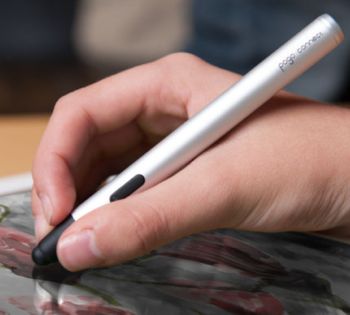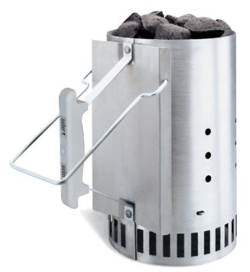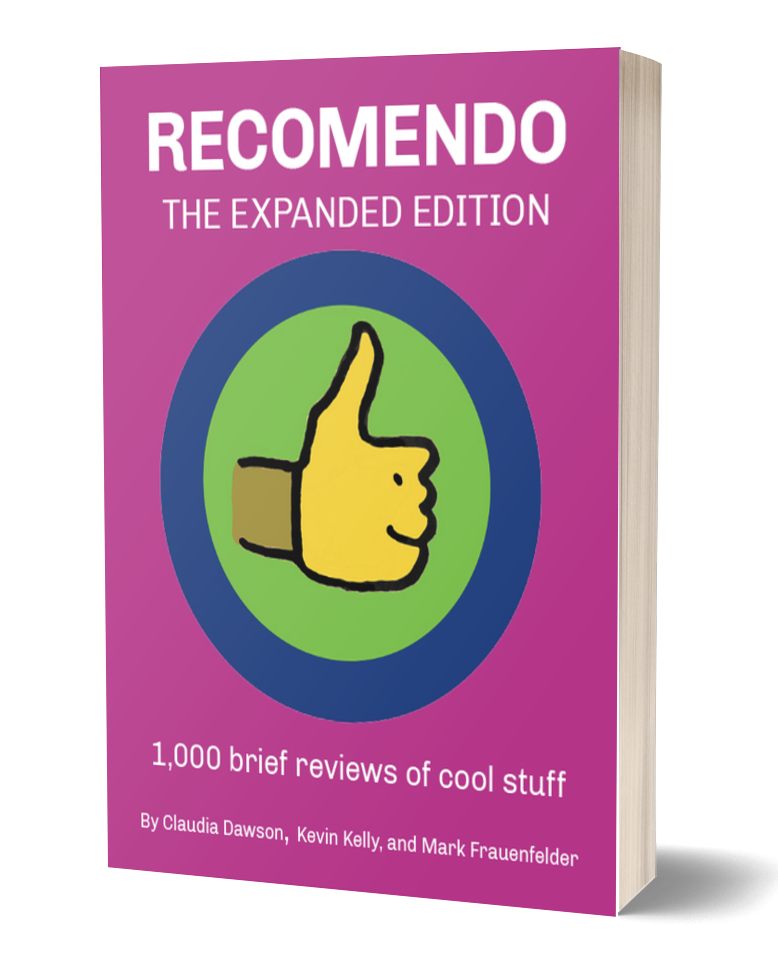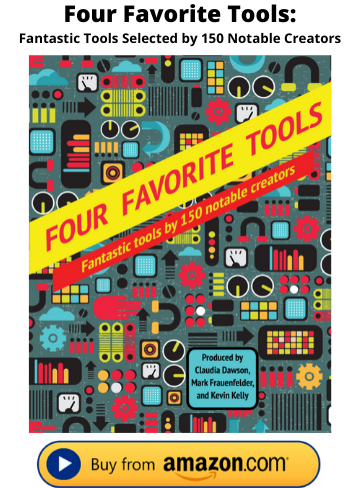25 December 2025
Expiring Perks/Bone-conducting Earbuds/Forge Travel Wallet
Nomadico issue #185
Check for Year-end Credit Card Perks
While some travel credit card perks renew whenever your annual fee comes due, such as United card lounge passes or the IHG card’s free night’s stay, others are on a calendar year. I just saved $150 on 2026 hotel stays by tapping a $50 credit on the Chase Sapphire Preferred card and a $100 one on my Delta Amex one that would have expired 12/31. Keep this in mind when applying for a new card too: if you obtain it with enough time on the calendar, you could benefit twice in less than a year.
Earbuds That Don’t Go in Your Ear
My wife has tinnitus that probably dates back to our music biz days in New York and earbuds that go into your ears make it worse for many people with that condition. Headphones are usually better but are bulky. She recently found a solution in Shokz earbuds that sit outside the ear and conduct sound through the bones of your skull. These don’t block noise, which could be a downside on a plane, but that’s a plus for runners and bicyclists who want to stay aware of their surroundings. Here are links to the two-piece over-ear ones that go in a recharge case and the single unit that fits over the head like normal headphones.
England’s Expensive Airport Drop-offs
“Can you take me to the airport?” might be a question that requires you to pull out your wallet if you’re in England. I had no idea airport drop-off fees were even a thing until I saw this story about them increasing to £10 ($13.40) at the London Gatwick airport. Apparently you also have to pay £7 to drop someone off at Heathrow. This hikes up the price of any taxi or Uber charge as well. Apparently they really want you to #takethetrain.
A Different Kind of Travel Wallet
I usually use a bulkier wallet at home than I do when I travel and I like this new Forge Wallet I’ve been using lately. It’s about the thickness of a normal wallet but much narrower, with a compartment where you press down on a button and your credit cards pop out, staggered so you can see which one is which. It’s RFID blocking and there’s an optional little steel multi-tool card that fits inside a dedicated pocket. See my quickie Instagram reel on it here.
A weekly newsletter with four quick bites, edited by Tim Leffel, author of A Better Life for Half the Price and The World’s Cheapest Destinations. See past editions here, where your like-minded friends can subscribe and join you.
12/25/2523 December 2025
The Worrier’s Guide to Life / Lost Envoy
Issue No. 97
THE WORRIER’S GUIDE TO LIFE IS A HUMOROUS ANTIDOTE FOR ALL US PANICKERS OUT THERE
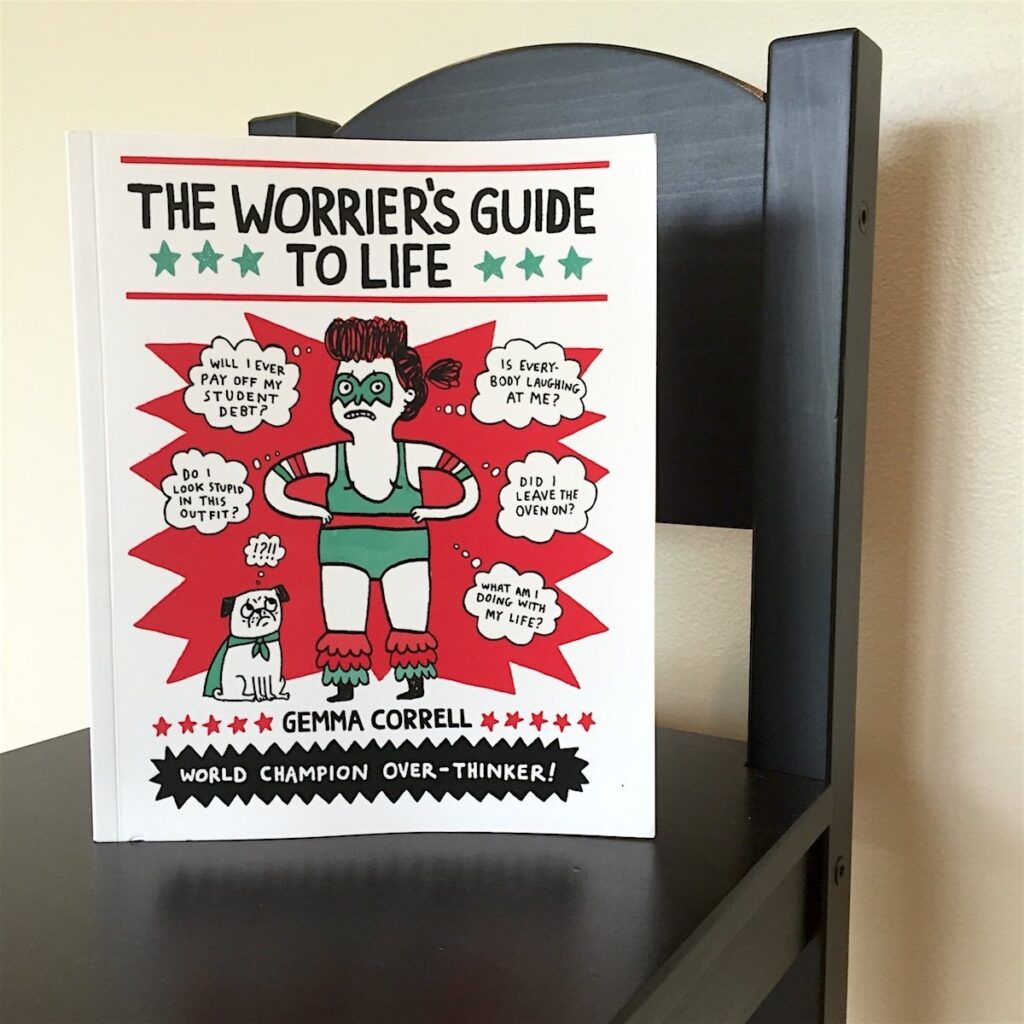

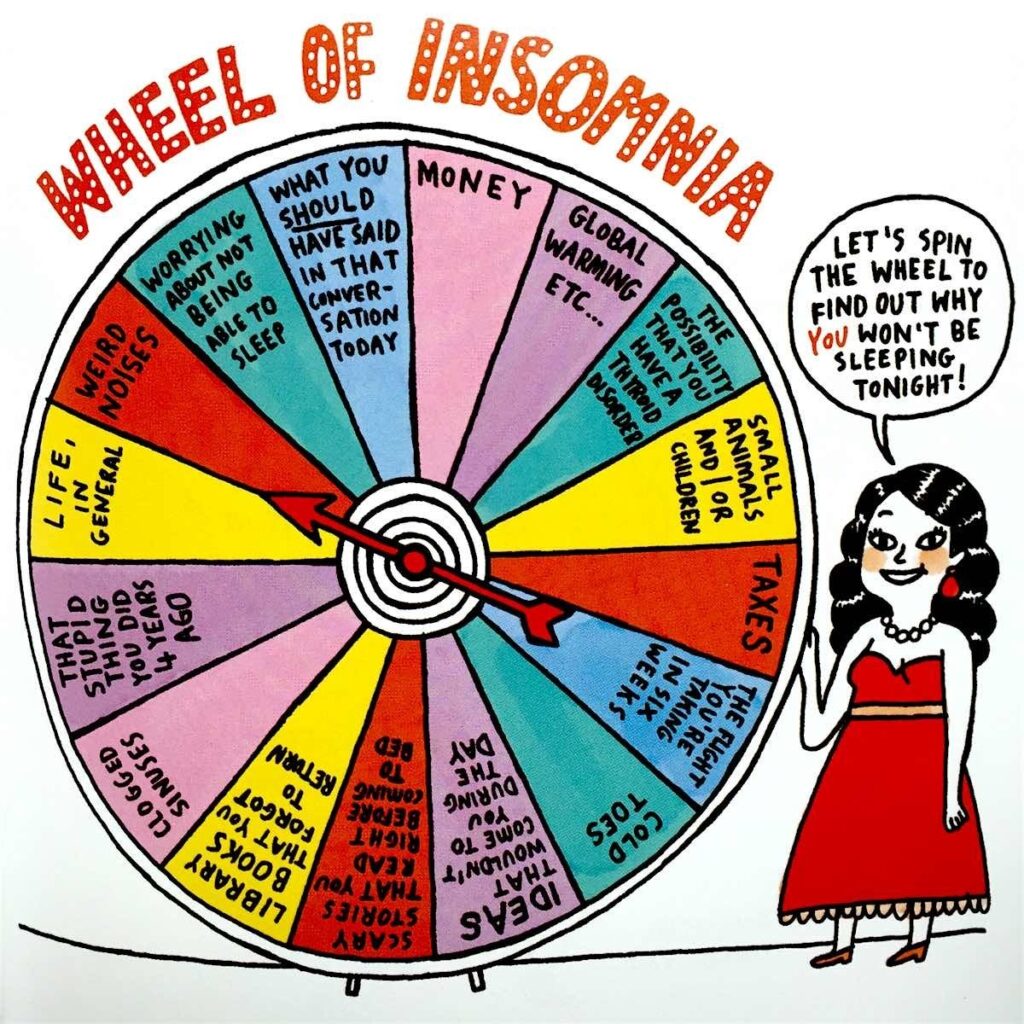
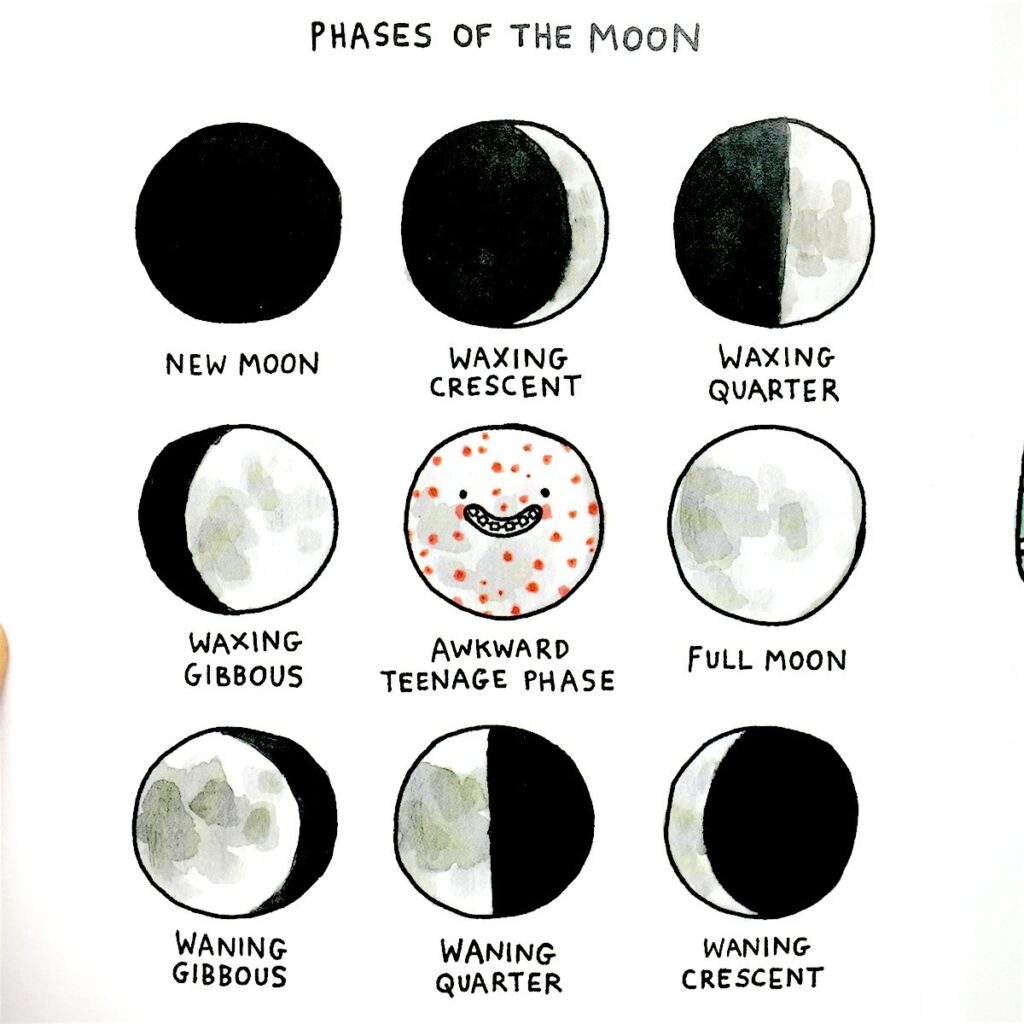
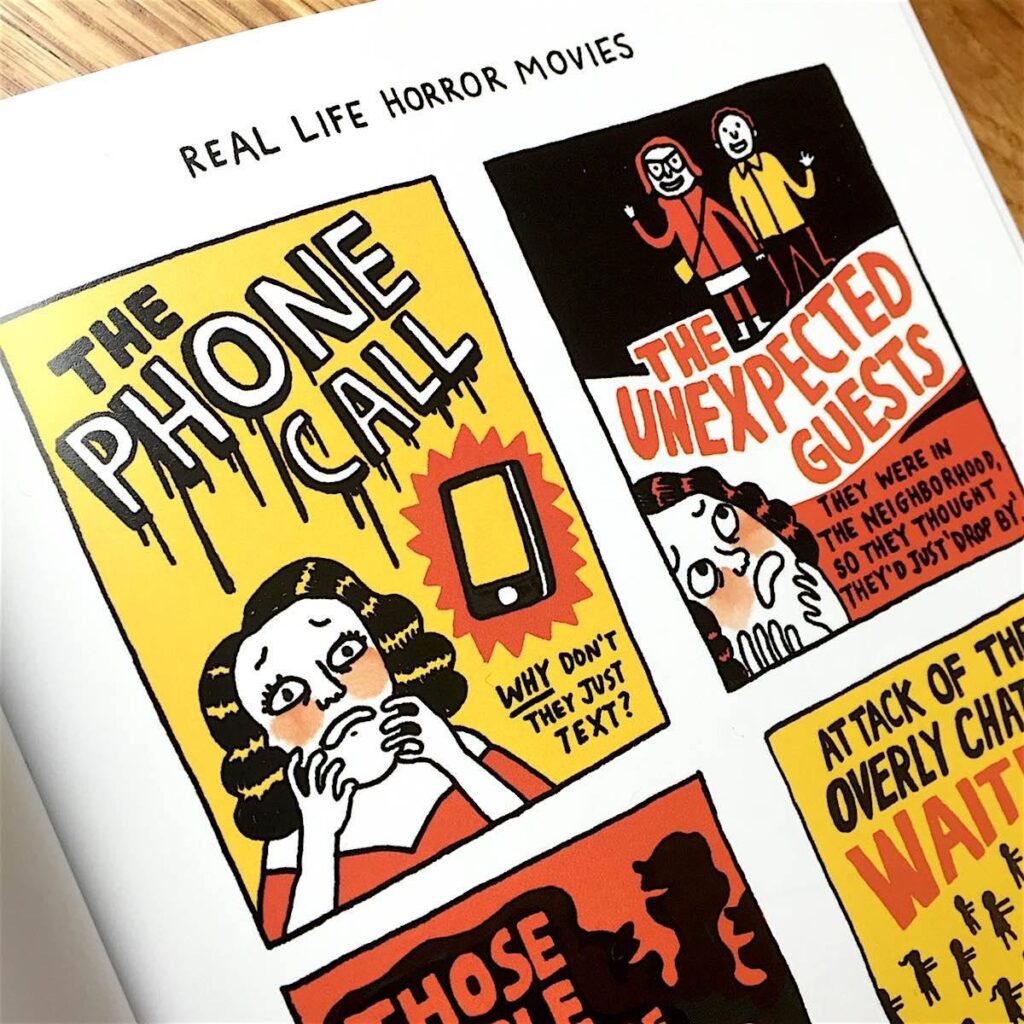
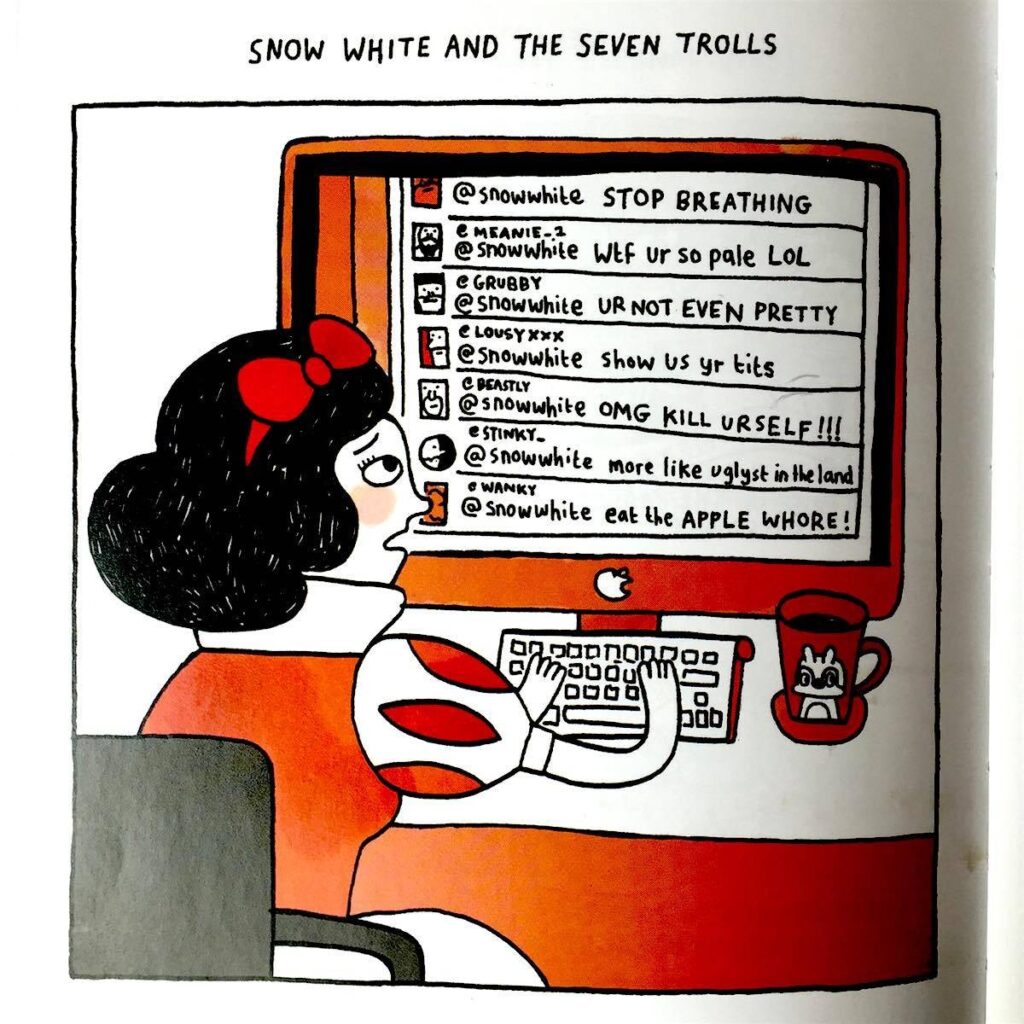
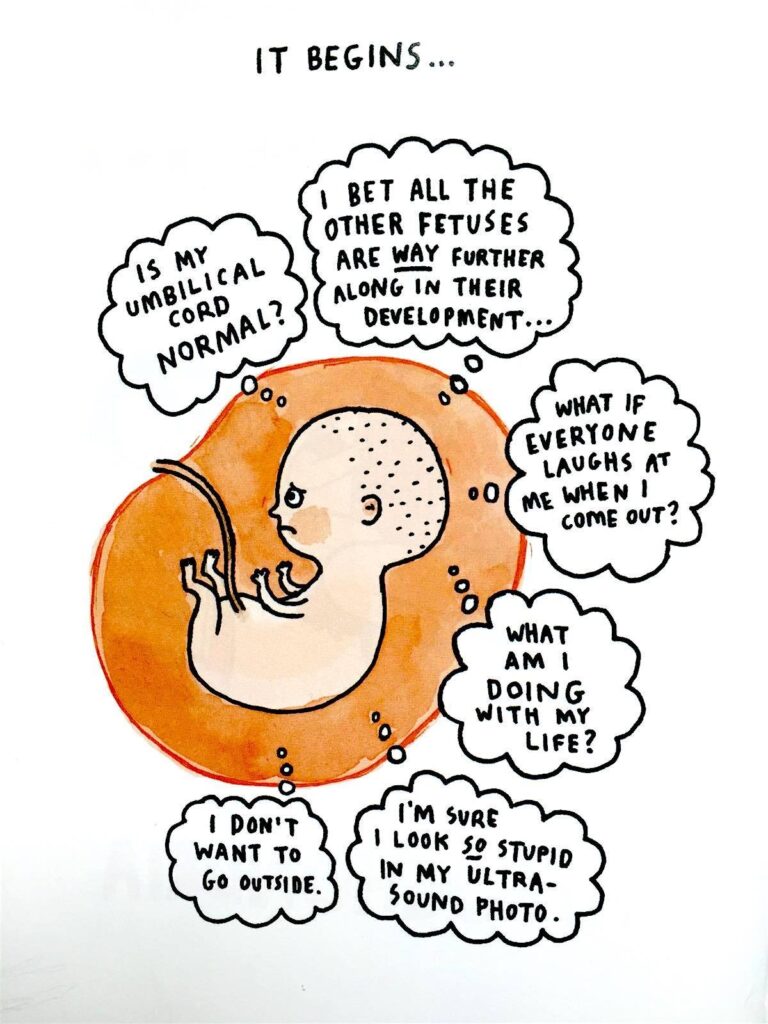
The Worrier’s Guide to Life
by Gemma Correll
Andrews McMeel Publishing
2015, 112 pages, 6.5 x 8 x 0.4 inches (softcover)
Are you an every-second second-guesser? Do pizza, sweatpants, and pugs sound like your perfect Friday night? Do you ever want to punch your brain in the face? Are you starting to feel anxious because I’m asking you so many questions? Find comfort in Gemma Correll’s new collection of comic snapshots, The Worrier’s Guide to Life.
You can easily slip this slender book into your bag and bring it along to all those anxiety-producing other-people-filled situations that seem to dominate life. When faced with an overly crowded waiting room full of obviously contagious people whose germs will surely turn your sinus infection into a face plague, hide your nose in this book! If you’re forced to stomach a social gathering full of professional bloggers who couldn’t possibly look that good or be that happy in real life but ohmygod they do and they are and you haven’t showered in three days, steal away to a corner, flip open this book, and remember you’re not alone! Correll offers sketches of an anxious life, as lived by everyone from fetuses to fairytale princesses, interspersed with snippets from her ongoing series of punny visual lists. These delightfully silly sets include “Urban Birthstones,” featuring rings topped with a bit of styrofoam, a cigarette butt, or a balled-up passive-aggressive note, depending on your month, as well as “Pasta Shapes for the Depressed,” “Sexy Halloween Costumes for the Ladyeez,” and “Ye Olde Video Games.”
You can get a daily fix of Gemma Correll’s illustrated insights and anxieties via her various social media streams, but it’s lovely to actually flip through her work in a real-life book rather than, or in addition to, reading it on a scrolling screen. The Worrier’s Guide to Life also makes a fabulous gift for that perfect friend who never judges you for eating all the ice cream, texting her the conversations you have with your pet, or using Google like a magic eight ball. You know, the one who gets it. – Mk Smith Despres
LOST ENVOY – ARTIST AUSTIN SPARE’S LONG-LOST TAROT DECK COMES TO LIGHT IN BEAUTIFUL BOOK EDITION

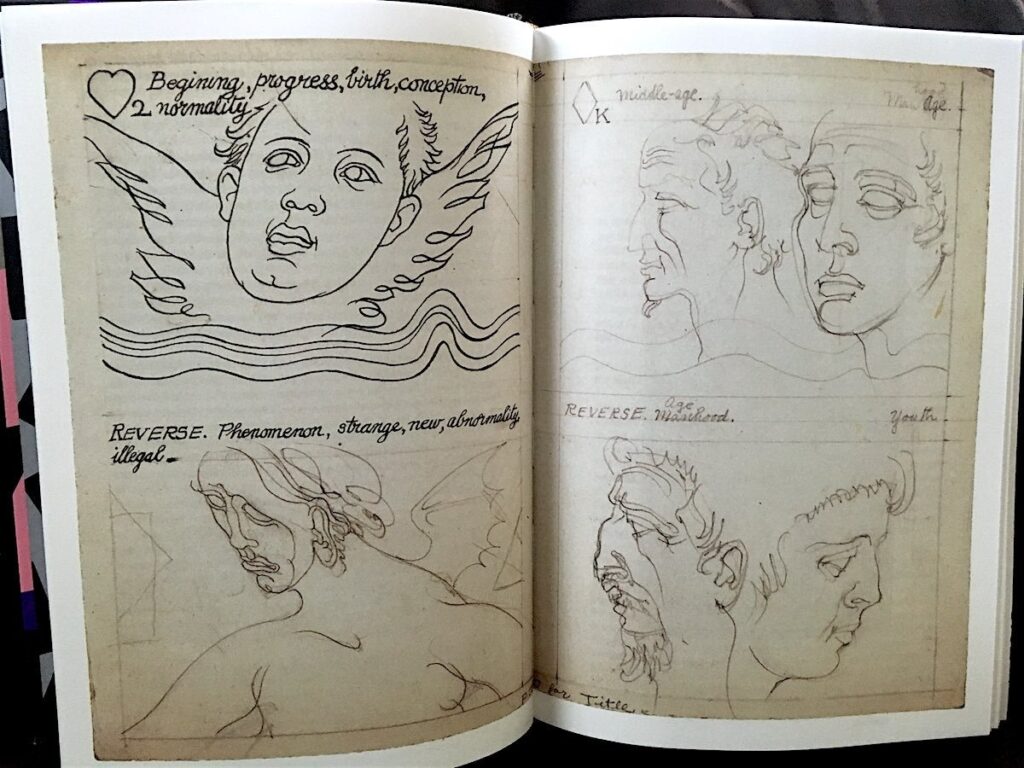

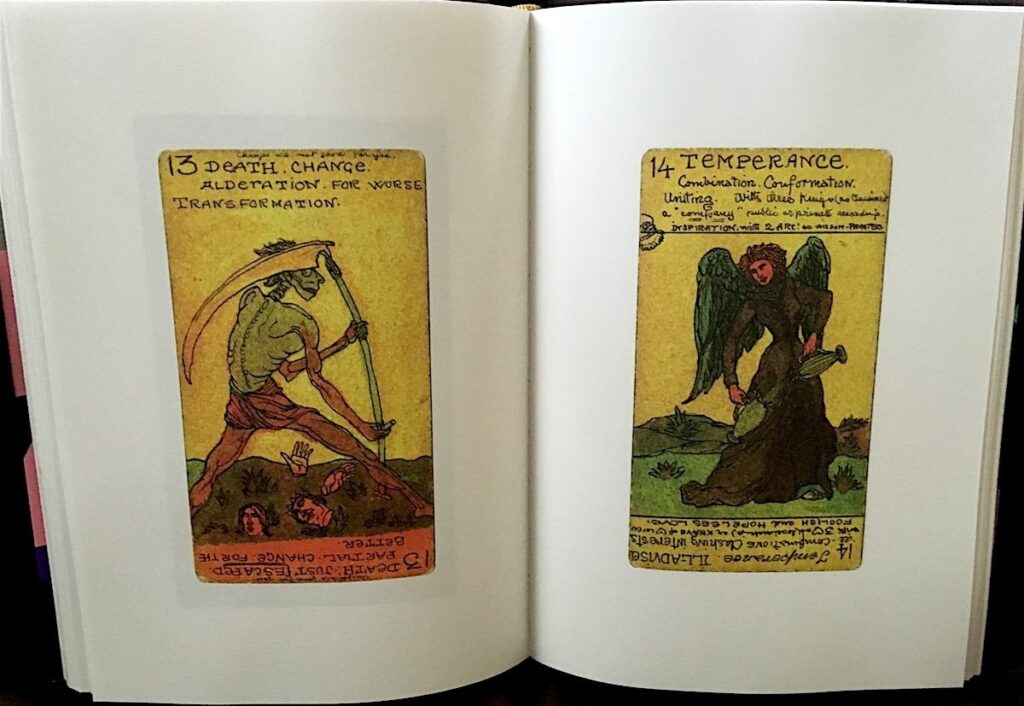


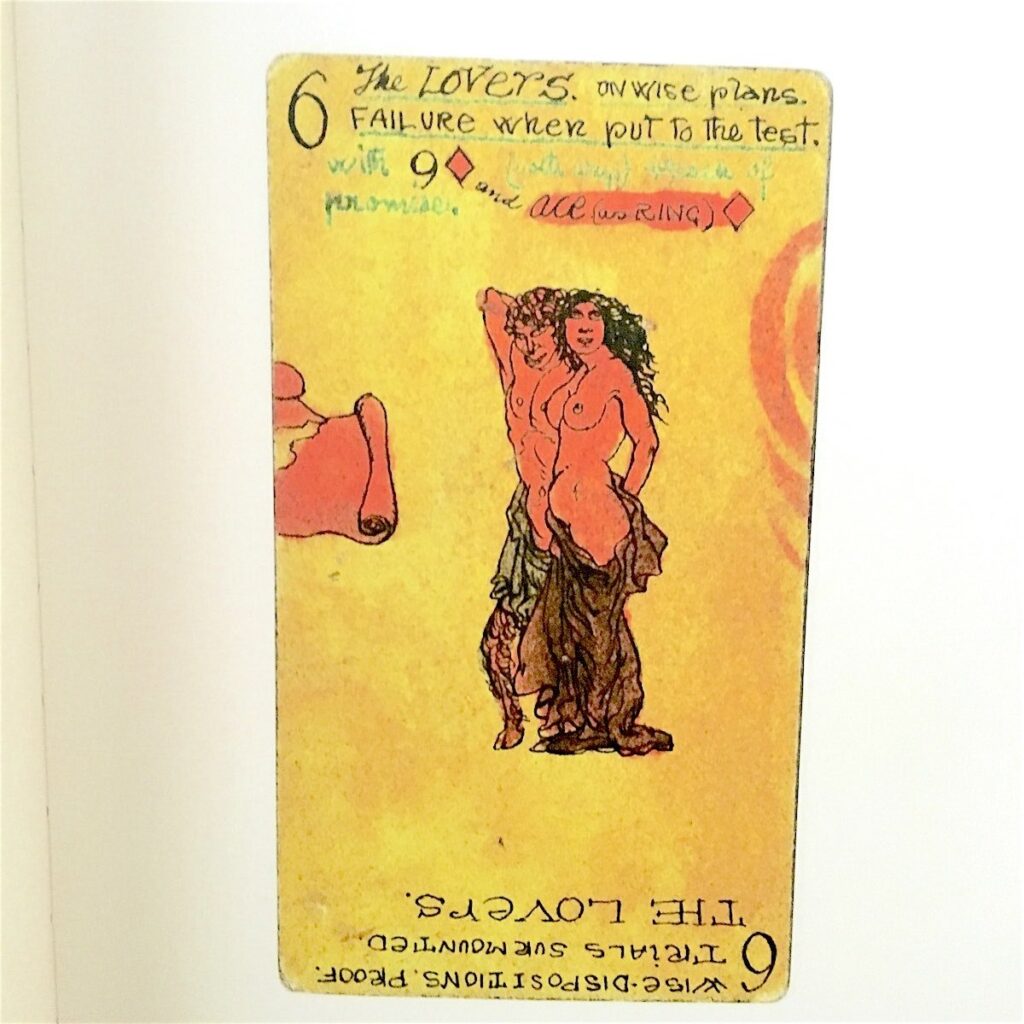
Lost Envoy: The Tarot Deck of Austin Osman Spare
by Jonathan Allen (editor)
Strange Attractor Press
2016, 336 pages, 6.5 x 9.5 x 1.25 inches
$39 (plus postage)
Buy a copy at Strange Attractor
The Victorian/Edwardian-era British artist and mystic Austin Osman Spare is still an obscurity to many. Like William Blake, with whom he shares numerous similarities (living largely impoverished, ignored by contemporaries, ridiculously prolific, mixing art and occultism), appreciation for Spare’s work and its significance have only increased over time. And where poet and occultist William Butler Yeats, during the occult revival at the turn of the 20th century, helped to finally bring Blake’s work to a wider audience (at least of intellectuals and bohemians), artists and occultists, such as Genesis P’Orridge, Kenneth Grant, and Alan Moore, at the turn of the 21st, did the same for Spare. Among other things, in Spare’s work, they found a very attractive system of artistic spellcasting which has come to be known as “sigil magic.”
But in all of the recent exhumation and examination of Spare’s art and occult practices, what people didn’t know is that Spare had created his own deck of tarot cards. Those cards were lost to time until they were discovered in the collection of the Magic Circle Museum, a UK stage magic society, in 2013. Since then, Spare enthusiasts have been dying to see the complete deck and to try and understand its significance to Spare and to the development of his oeuvre.
The always-impressive booksmiths at Strange Attractor Press have delivered on all of that in spades with their publication of Lost Envoy: The Tarot Deck of Austin Osman Spare. This absolutely gorgeous hardbound tome meticulously reproduces the cards, front and reverse, along with a concordance of all of the textual data found on the cards (which is quite heavy on some). The book also includes a very satisfying collection of essays by Magic Circle Museum curator and book editor Jonathan Allen, Spare biographer Phil Baker, artist and author Alan Moore, tarot academic Helen Farley, Spare historian and publisher Gavin Semple, and others. There is also an essay by Spare himself, “Mind to Mind and How by a Sorcerer.” Through these essays, we learn about fascinating differences in Spare’s deck, like his use of images and words that bridge individual cards (not found in other deck designs), how conventional playing cards and the culture of stage magic played a bigger role in his deck, and which historical tarot decks (and other occult currents) informed his stylistic and symbolic choices.
Lost Envoy is a must-have for anyone interested in Spare and will be right at home next to Phil Baker’s definitive Spare biography, Austin Osman Spare: The Life & Legend of London’s Lost Artist (also published by Strange Attractor), and the equally impressive Spare art books being lovingly published by the UK’s Fulgur, Ltd. My only burning question after finishing Lost Envoy is when do we get to play with an actual Austin Spare tarot deck? – Gareth Branwyn
12/23/2522 December 2025
Renovation
Tools for Possibilities: issue no. 169
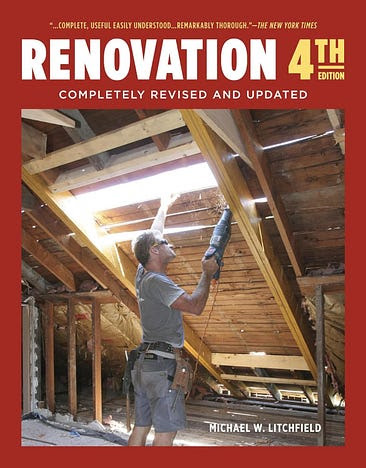
Complete house building know-how
This is a book I wished I’d had when I started building, but it is also one that’s extraordinarily useful to more experienced builders. Mike Litchfield was the original editor of Fine Homebuilding; in 1982 he published the first version of Renovation, and it’s been updated periodically, this being the latest and 4th edition. Popular Science called it “The most comprehensive single volume on renovation ever” — which is totally true.
What differentiates this book from others of its ilk is that the author has gathered all this information in the field, interviewing carpenters, electricians, plumbers, and contractors, finding out what’s important, what works, what’s new. These guys love to talk about what they do well, and in this sense, the book is one of collective wisdom. It’s at the same time highly useful to professionals, but also one that’s invaluable for homeowners and people of the fixer-upper persuasion.
The chapter “Planning Your Renovation” is completely new, reflecting the current interest in smaller projects, spending wisely, and energy efficiency. The chapter on wiring covers code changes, and tells you things like how to fish wire, install wireless switches, or replace old incandescent ceiling lights with energy-efficient LEDs.
There’s a section on installing IKEA cabinets, tips and instructions on energy retrofits, working with paperless drywall (in wet areas), soundproofing, cutting into a concrete floor, working with PEX plumbing tubing, and installing engineered flooring. I found myself flipping through the book at random, and learning a lot. —Lloyd Kahn
Trim on older buildings is rarely level or parallel. Thus new trim maybe look better if it’s installed slightly out of level so that it aligns with what’s already there. For example, when stretching a chalkline to indicate the bottom of the water table, start level and then raise or lower the line until it looks right in relation to nearby windowsills and the like. Once the chalkline looks more or less parallel to existing trim, snap it on the building paper, and extend it to corner boards.

Avoid the sun around the house as you paint so that you apply paint in the shade if possible. Paint applied in full sunlight is more likely to blister later.

Cracked plaster often means that it has pulled free from its lath. Use screws and plaster washers to reattach it, countersinking them so they’ll be easier to patch.
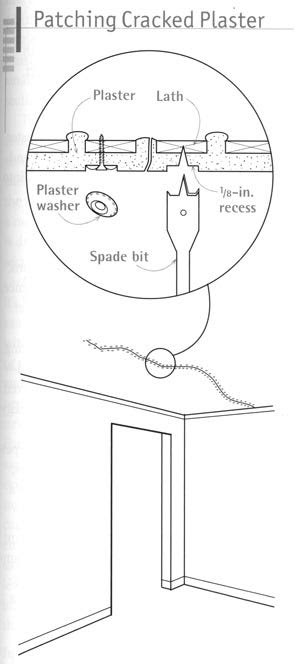
To insert a replacement board into an existing tongue-and-groove floor, use a tablesaw to remove the bottom of the groove. Slightly back-cut the ends of the new board so it will slide in easier.
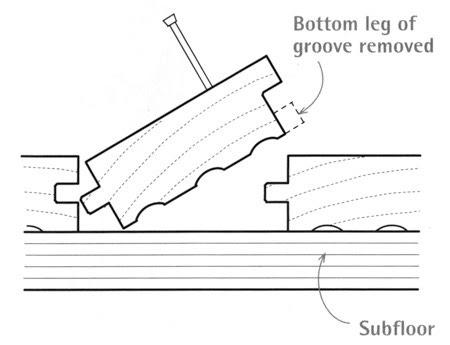
PEX Advantages
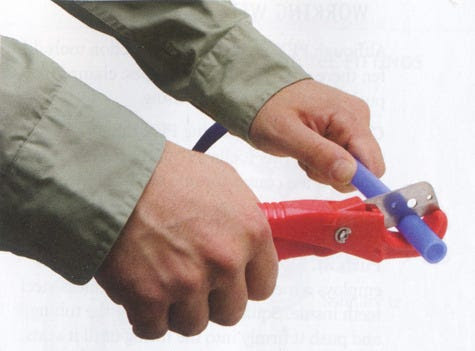
It installs quickly. Because lengths of flexible tubing easily turn corners and snake through walls, PEX systems require far fewer connections and fittings than do rigid materials. For that reason, it’s particularly well suited to renovation work.
Fewer leaks. PEX tubing runs to fixtures from hot- and cold-water manifolds with multiple takeoffs. Most of the fitting is simple, consisting of crimping steel or copper rings onto tubing ends. Because most leaks occur at joints, fewer fittings also mean fewer leaks.
It’s quiet. The tubind expands slightly, minimizing air hammer–the banging that takes place in rigid piping when taps are turned off suddenly and running water stops abruptly. That ability to expand also means less-pronounced pressure drops (fewer scalding or freezing showers), and PEX tubing is less likely to rupture if water freezes in it.
The beauty of working with PEX is that is required relatively few specialized tools. Here, an inexpensive PEX-cutting tool with a replaceable blade produces a clean, squared-off end.
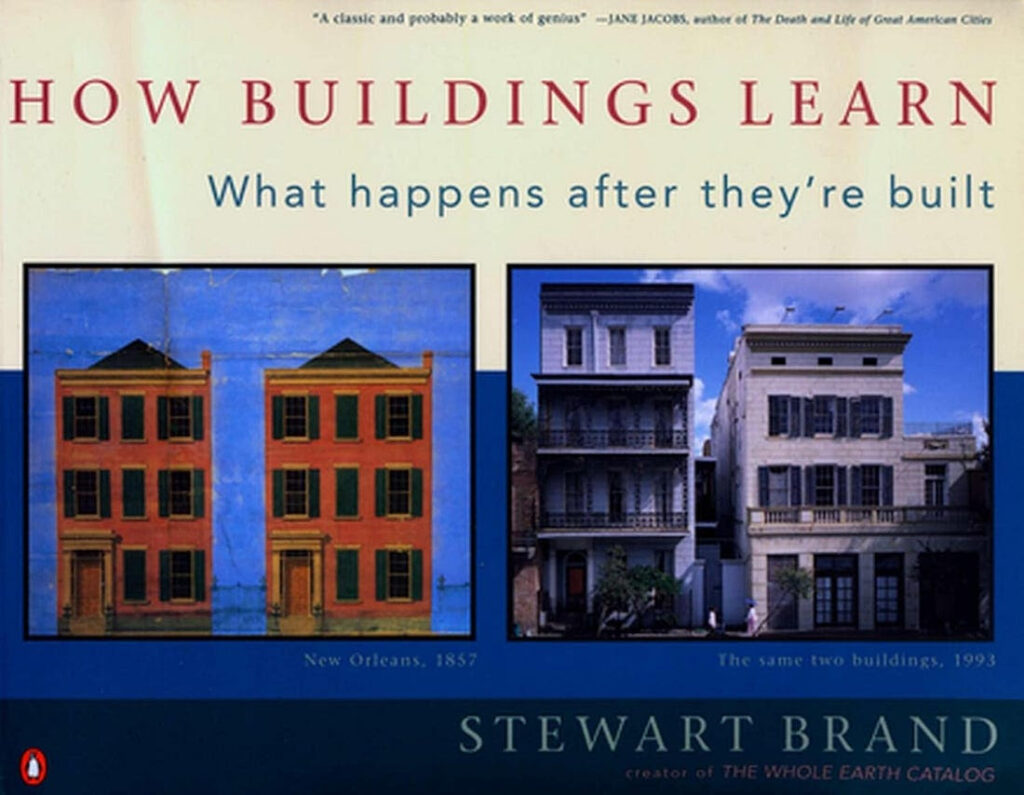
Making adaptable shelter
Every building that endures will be modified. Yet few structures are built to be easily modified. The more stylized a building is now, the harder it is to change. Stewart Brand (who invented the ancestor of Cool Tools) teases out design principles for making buildings that can adapt — or “learn” — to new needs, new uses. While his examples are architectural, showing how the greatest buildings evolve, his advice is aimed at any kind of hard-to-change organization. Software programmers think this book is talking to them since they are often asked to adapt skyscrapers of code built with no concern about adapting it later. This book will be useful to anyone trying to build complicated things that will outlive them. — KK

Once a week we’ll send out a page from Cool Tools: A Catalog of Possibilities. The tools might be outdated or obsolete, and the links to them may or may not work. We present these vintage recommendations as is because the possibilities they inspire are new. Sign up here to get Tools for Possibilities a week early in your inbox.
12/22/2521 December 2025
52 Surprising Things / Watchable American history / See yourself as a verb
Recomendo - issue #493
52 Surprising Things
Every December, writer Tom Whitwell publishes an eclectic list of 52 surprising things Whitwell learned over the year. It’s one of my favorite year-end reads. A few samples:
- Marchetti’s Constant is the idea that throughout human history, from cave dwellers to ancient Greeks to 21st century Londoners, people tend to commute for about an hour a day — 30 minutes out, 30 minutes home. So faster travel leads to longer distances, not less time. [Cesare Marchetti, plus a 2025 update]
- The Casio F91W — the ubiquitous digital watch, worn by Osama Bin Laden, costing just £12 — has been faked for years, and the fakes are getting better and better. [Andy C]
- Childhood peanut allergies are falling dramatically, perhaps because advice to avoid peanuts was reversed. [Simar Bajaj]
Browse his previous lists here. — MF
Watchable American history
I believe every American should be required to watch Ken Burn’s Civil War series to understand their country today. Ken Burns has done it again with his new series on The American Revolution. Six episodes, 12 hours. LIke his other series, it unsettles the story-book history we have in our heads, and celebrates the complexity of the actual ideas, events, and complicated characters at the time. — KK
See yourself as a verb
“The existential balm of seeing yourself as a verb, not a noun” is a perspective‑shifting essay that explores a gentler way to hold the fear of death by reframing the self not as something fixed, but as a natural unfolding process. The author suggests reframing personhood as a shifting weave of body, breath, memory, mood, and perceptions, always in motion and in relationship with the world. The idea is to loosen perfectionistic pressure around having to be a fixed, definitive “someone,” and instead approach death as a quieting down of processes rather than the annihilation of a solid self. — CD
Sharpen dull Airbnb knives
I’ve stayed in Airbnbs in many different countries, and have learned one universal truth: the kitchen knives are invariably dull. As a service to myself and future guests, I’ve started bringing a small knife sharpener with me when I travel. The Smith’s 2-Step Knife Sharpener is inexpensive, small, and lightweight, so I don’t mind packing it. It takes less than a minute to restore the edge on a blade. — MF
Freak Pages
Freak Pages is a directory for the weirdest Wikipedia entries, community‑curated to help you discover strange topics you’ve probably never heard of. Lots of rabbit holes to dive into. — CD
Quotable quotes
Here are some quotes I gathered recently:
- It takes a lot of work to make something simple. — Steve Wozniak
- One of the most realistic parts of Lord of the Rings is that almost no one wanted to get involved, until it was very nearly too late. — Ricki Tarr
- Everyone searches for opportunities while running from problems, missing that they’re the same thing. Problems aren’t obstacles to opportunity, they ARE the opportunity. — Shane Parrish
- Without data, you’re just another person with an opinion. — W. Edwards Deming
- When people ask me if I went to film school I tell them “No I went to films.” — Quentin Tarantino
- Thinking small is a self-fulfilling prophecy. — Jeff Bezos
- The three lenses of opportunity cost: (1) Compared with what? (2) And then what? (3) At the expense of what? — Shane Parish
- You never know what worse luck your bad luck has saved you from. — Cormac McCarthy
- Everyone driving slower than you is an idiot, and everyone driving faster than you is a maniac! — George Carlin
I find witty quotes sharpen my thinking and help me pay attention. — KK
Sign up here to get Recomendo a week early in your inbox.
12/21/2518 December 2025
Functional Traveler Gifts/Tougher Italian Passport/Cheaper Streaming Options
Nomadico issue #184
Useful Traveler Gifts
At this time of year, publications are flooded with gift ideas, including ones supposedly for travelers that nobody boarding a plane will actually make room for. So each year I update this post on traveler gifts that will actually get used. These are items I pack personally, ones I see other frequent fliers carrying, and new ones that deserve their space and weight. I tend to favor inexpensive, lightweight, and small items that solve a problem. These have a better chance of taking a trip with the recipient, not tossed into a storage area at home.
Stricter Requirements for an Italian Passport
An Italian passport used to be one of the easiest ones to obtain for those who wanted a second one that came with EU movement freedom, but living la dolce vita is getting much tougher now. You must prove direct lineage no further back than a grandparent, speak Italian well enough to pass a proficiency exam, and live there already for three years to qualify. See the details here.
Cheaper Streaming Abroad
I’m going to add Apple TV at home after watching only part of Severance on a United flight, but I’ll likely subscribe in Mexico where it’s 28% cheaper than the USA. You can play this arbitrage game with most of the streaming services—I once got HBO on sale for $5 a month. In Mexico you can get the highest tier of Netflix for the price of the middle tier stateside, a 39% monthly savings (with a better studio movie selection too). Shop around if moving around. In Turkey, for example, the highest tier of Netflix with 4K hi-def is less than US$10 per month. Try regional gift cards, signing up while in another country, or using a good VPN for the first transaction.
A Long Walk Is Better Than Many Short Ones
Good news for travelers: those mountain hikes and long walks across the city are better for your health than quick spins around the block. According to research in the Annals of Internal Medicine that measured step counts over eight years, “People who walked in longer stretches had a lower risk of heart problems than those who walked in short bursts. Their risk of heart disease and death dropped significantly.” I’m linking to the explanatory article from the BBC since the source study’s title will give you an idea of how dry their version is: “Step Accumulation Patterns and Risk for Cardiovascular Events and Mortality Among Suboptimally Active Adults.”
A weekly newsletter with four quick bites, edited by Tim Leffel, author of A Better Life for Half the Price and The World’s Cheapest Destinations. See past editions here, where your like-minded friends can subscribe and join you.
12/18/2517 December 2025
What’s in my NOW? — Kevin Kortum
issue #235
A freelance strategy consultant, founder of Foofaraw, a webzine and indie publishing press, and The Independent Variable, the official linkblog of the interwebs. — Kevin Kortum

PHYSICAL
- Pilot Vanishing Point – matte black: As much as I love digital tools and my HHKB, having pen + paper keeps me grounded and prevents my brain from getting scattered and overwhelmed by the endless digital possibilities. I wouldn’t be a good pen + paper nerd if I didn’t have a slight obsession with fountain pens, and the Vanishing Point has been with me every day for a decade at this point. Nothing beats the ease of a retractable fountain pen to jot down notes in a Field Notes book or plan in my Hobonichi.
- Beverage machines (Espresso machine + water carbonator): My life revolves around beverages. I typically have at least three different drinks with every meal, and my life would not be complete without multiple shots of espresso to start the day, and some bubbly water within arms reach at all times.
- Aquaphor: I’ve gone through periods of time having a skin care routine (heavily influenced by both my mother and wife), but when it comes down to it, all I really need is Aquaphor. Dry skin, chapped lips, ashy elbows, and all the little cuts around my fingernails from anxious picking—all of those and more solved by a tiny dab of Aquaphor.
DIGITAL
- Kinopio: This might be the digital tool that clicked with me faster than any other. There are tons of whiteboard or mind-mapping tools out there, but Kinopio is just different. It’s playful, reminiscent of the days when software could be fun and not corporatized to make shareholders money, and it’s the easiest way to get scattered thoughts out of your head. I use it for moodboarding, planning, brainstorming, collaborating, note-taking, and everything in between. The developer, Pirijan, is also the best.
- YNAB: This might be a boring pick, but I think my life would fall apart without YNAB. I have this bad habit of liking nice things, so I need something to keep me in line. The whole concept of every single dollar having a job is indispensable. I’ve tried switching to other budgeting apps—given YNAB has doubled in price since I started using it in 2013—but the rigidity of budgeting against real income is critical to me not spending every penny I have and more.
INVISIBLE
Be kind, stay sane.
I’m not sure where this originated from, but I signed off a newsletter with it one day when the world seemed like it was falling apart (still does) and I’ve used it to sign off every newsletter since. I’ve heard people say they think these two things are odds given the state of the world, but I think it’s more important than ever to remember that most people are doing their best, so we should do everything in our power to be kind to one another and at least attempt not to go crazy. Have some grace and humility, people!
Sign up here to get What’s in my NOW? a week early in your inbox.
12/17/25ALL REVIEWS
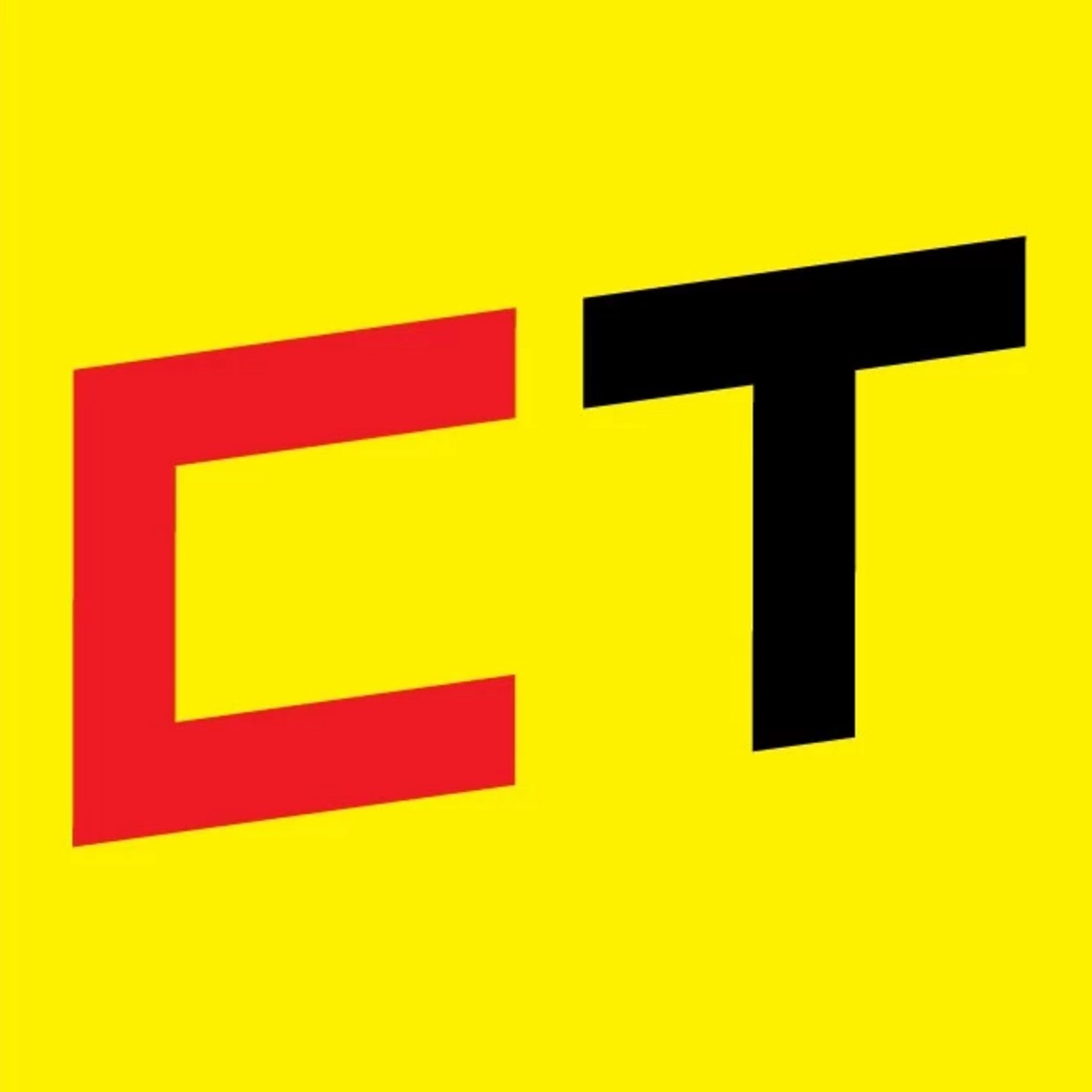 12/12/25
12/12/25
Gar’s Tips & Tools – Issue #207
Access to tools, techniques, and shop tales from the diverse worlds of DIY
EDITOR'S FAVORITES
COOL TOOLS SHOW PODCAST
WHAT'S IN MY BAG?
17 December 2025

ABOUT COOL TOOLS
Cool Tools is a web site which recommends the best/cheapest tools available. Tools are defined broadly as anything that can be useful. This includes hand tools, machines, books, software, gadgets, websites, maps, and even ideas. All reviews are positive raves written by real users. We don’t bother with negative reviews because our intent is to only offer the best.
One new tool is posted each weekday. Cool Tools does NOT sell anything. The site provides prices and convenient sources for readers to purchase items.
When Amazon.com is listed as a source (which it often is because of its prices and convenience) Cool Tools receives a fractional fee from Amazon if items are purchased at Amazon on that visit. Cool Tools also earns revenue from Google ads, although we have no foreknowledge nor much control of which ads will appear.
We recently posted a short history of Cool Tools which included current stats as of April 2008. This explains both the genesis of this site, and the tools we use to operate it.




